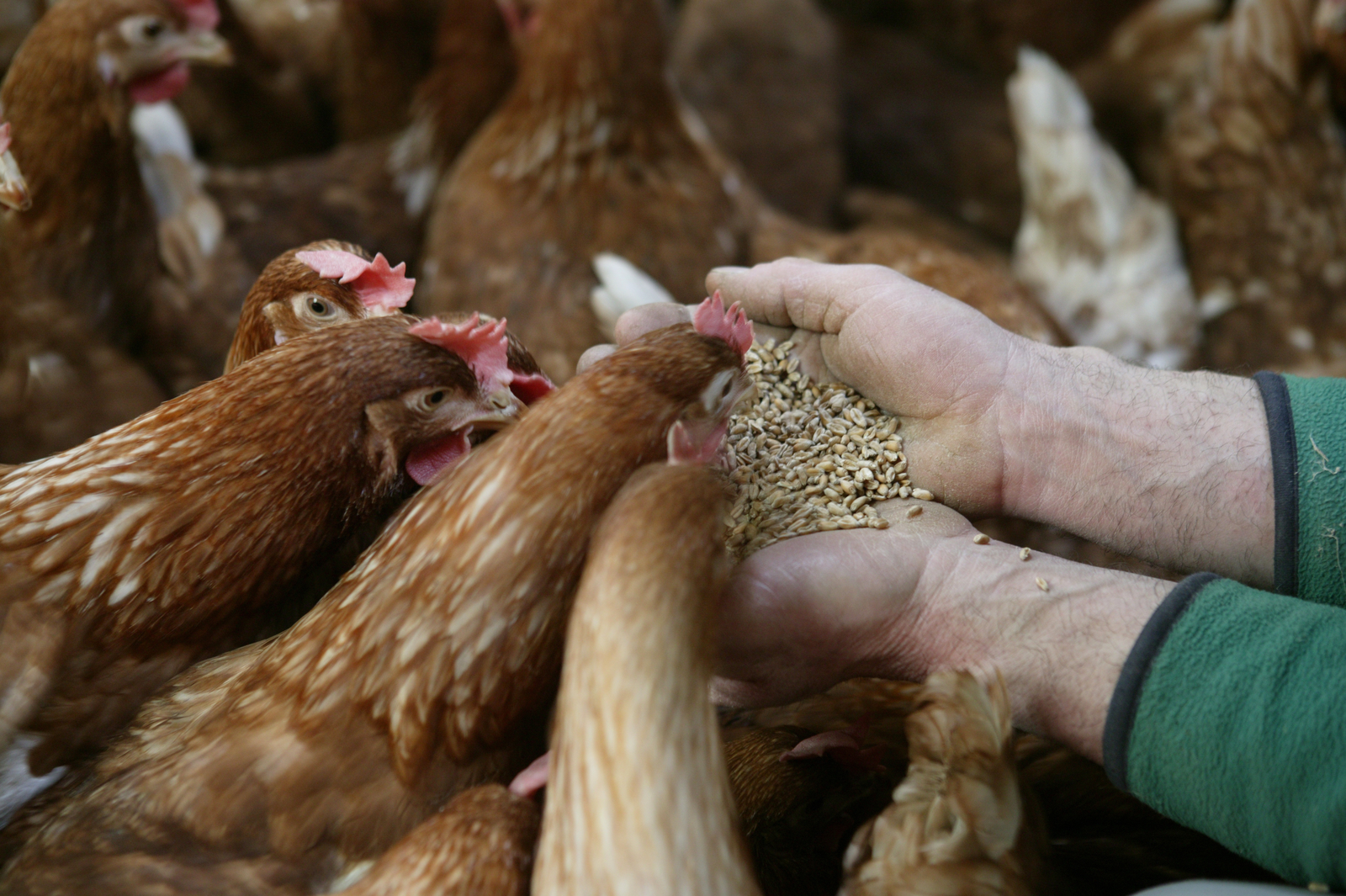How to improve starch digestibility in poultry?

Starch, comprising up to 70–80% of most cereal grains, is the primary source of energy in poultry diets. Although it is generally believed that starch is well digested by poultry, low total tract and ileal starch digestibility has been reported in some studies.
The structure and composition of starch granules, their interaction with protein matrix, and their availability after feed processing play important roles in the digestion of starch. There is clear evidence that starch digestion is highly correlated with its structural location within feedstuffs and components associated with starch granule. Viscous non-starch polysaccharides and feed technology practices such as pelleting, whole grain feeding and inclusion of fibrous materials also have significant influence on starch digestibility. Researchers in New Zealand looked at factors affecting the digestion and absorption processes of starch in poultry. The effects of components associated with starch granule, soluble and insoluble dietary fibre, anti-nutrients and feed processing on starch digestion were are also reviewed.
Reducing undigested starch is key
It was shown that, in general, starch digestibility in cereals for chickens is relatively high. However, because starch is the major energy component in poultry diets, any strategy capable of reducing the undigested starch would be advantageous to overall bird performance. Multiple inter-related factors can lower total tract or ileal starch digestibility in poultry. The major factors are structural characteristics of starch, components associated with starch granule, dietary concentrations of soluble dietary fiber (SDF) and insoluble dietary fiber (IDF) and genetic origin of the birds.
Effect of feed processing
The researchers conclude that feed processing techniques such as pelleting have variable outcomes on starch digestibility, depending on the grain type. Pelleting may not be beneficial for starch digestion in cereals containing high levels of soluble NSP and may even decrease starch digestibility as a result of high feed intake. Pelleting also may result in further reductions in particle size and subsequently lead to suboptimal gizzard development and reduced nutrient digestibility. Feed technology practices which increase gizzard development and feed retention time may be used as strategies to overcome the negative effects of pelleting and fine particle size on cereal starch digestibility. Whole grain feeding and low level inclusion of structural components, such as oat hull and wood shavings, may also maintain the gizzard-stimulating effect.
This is a summary of a paper, published in Feed Science and Technology.











